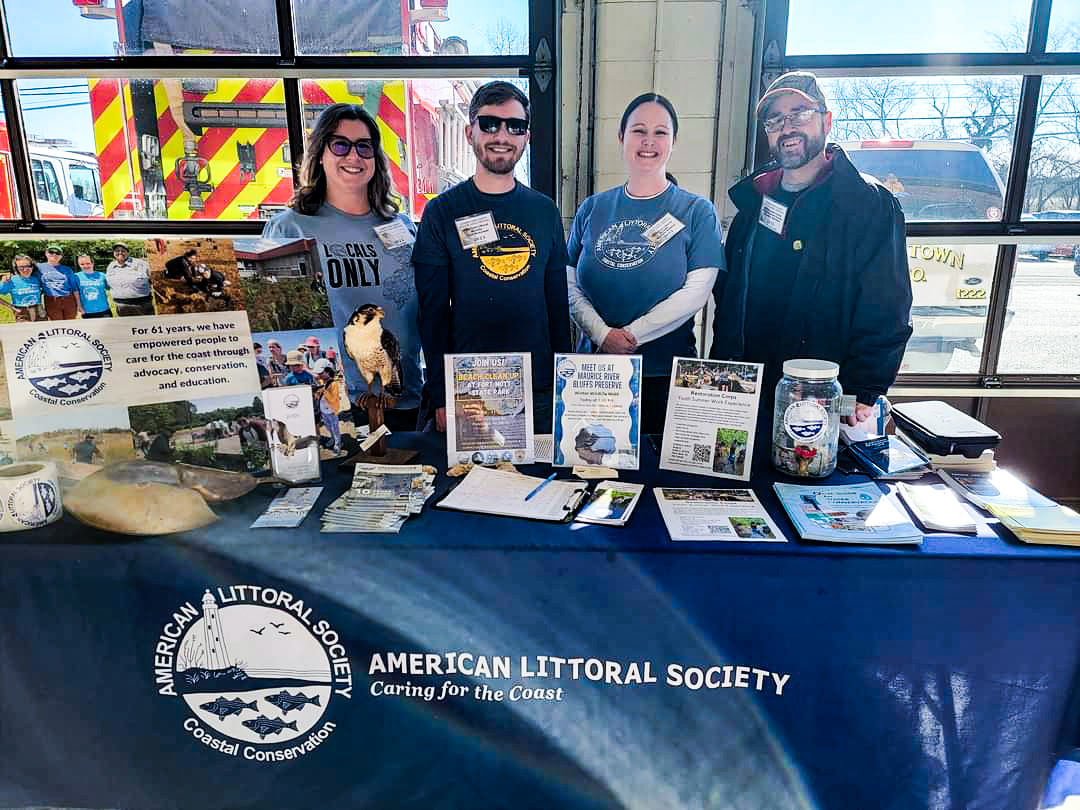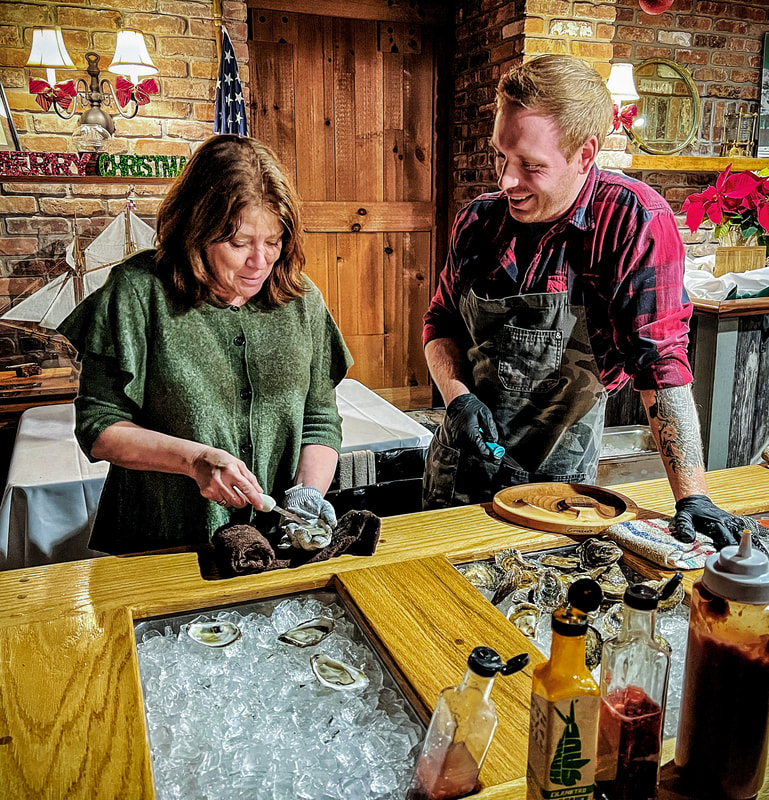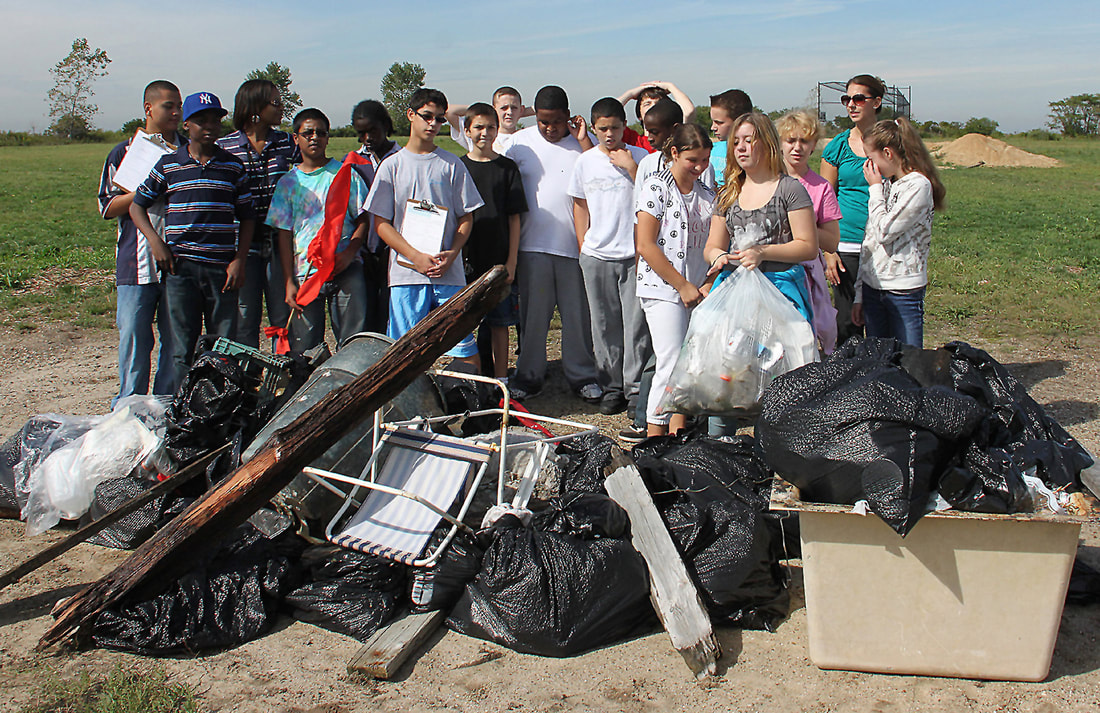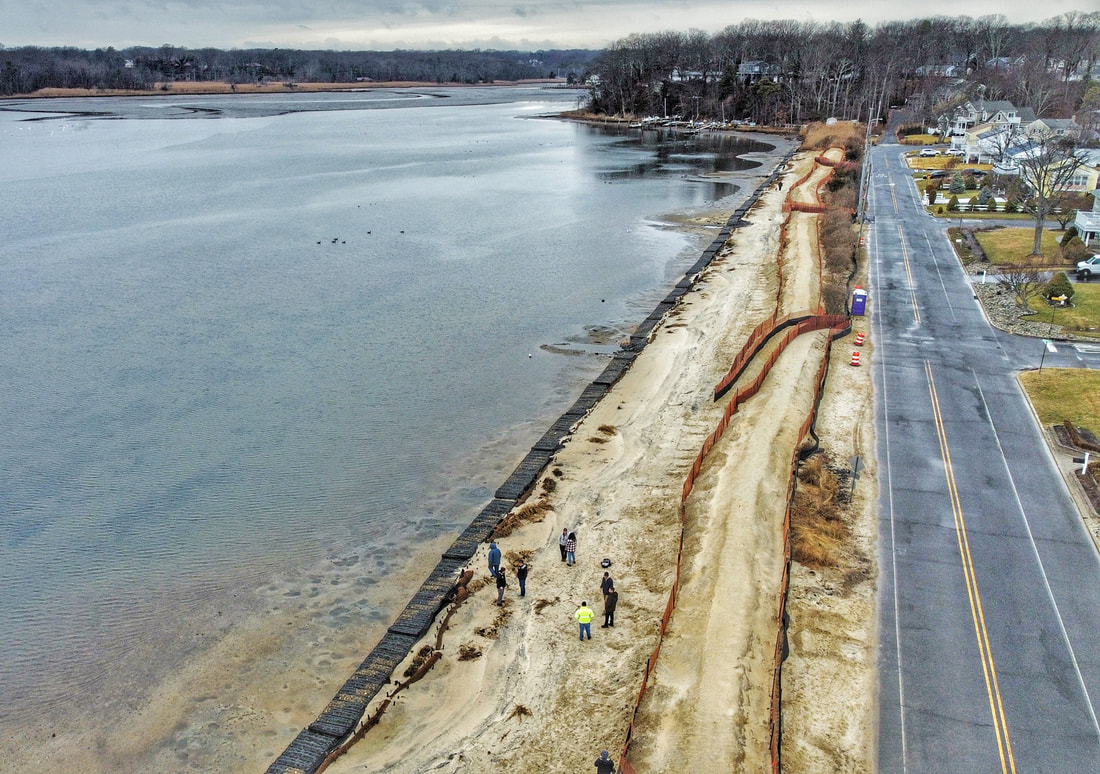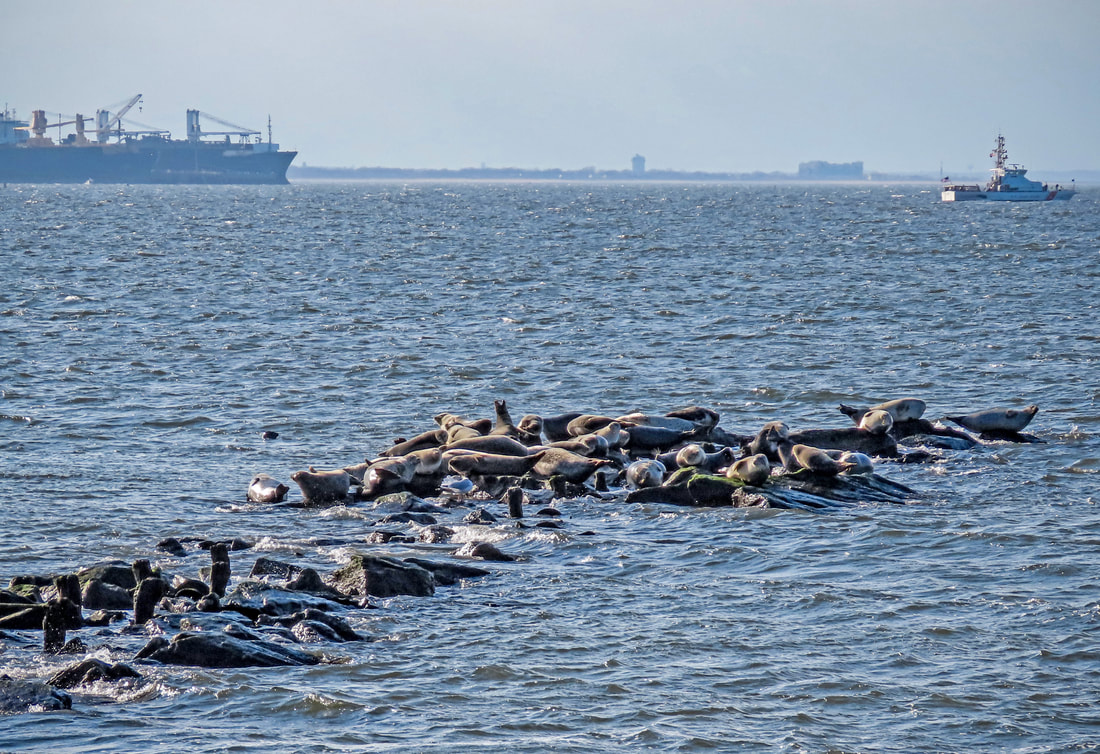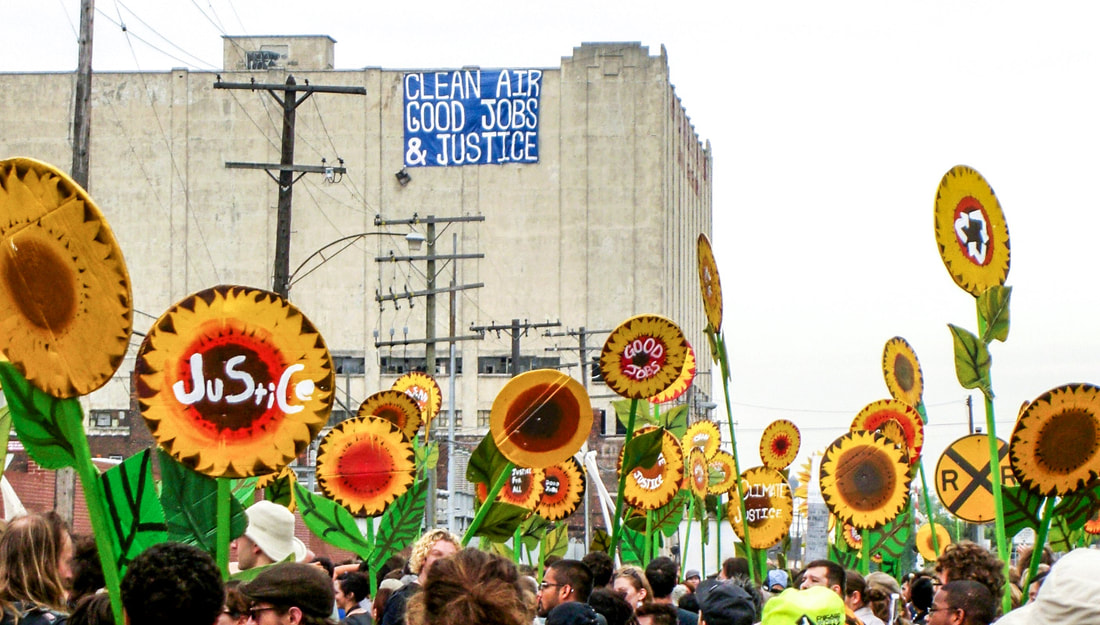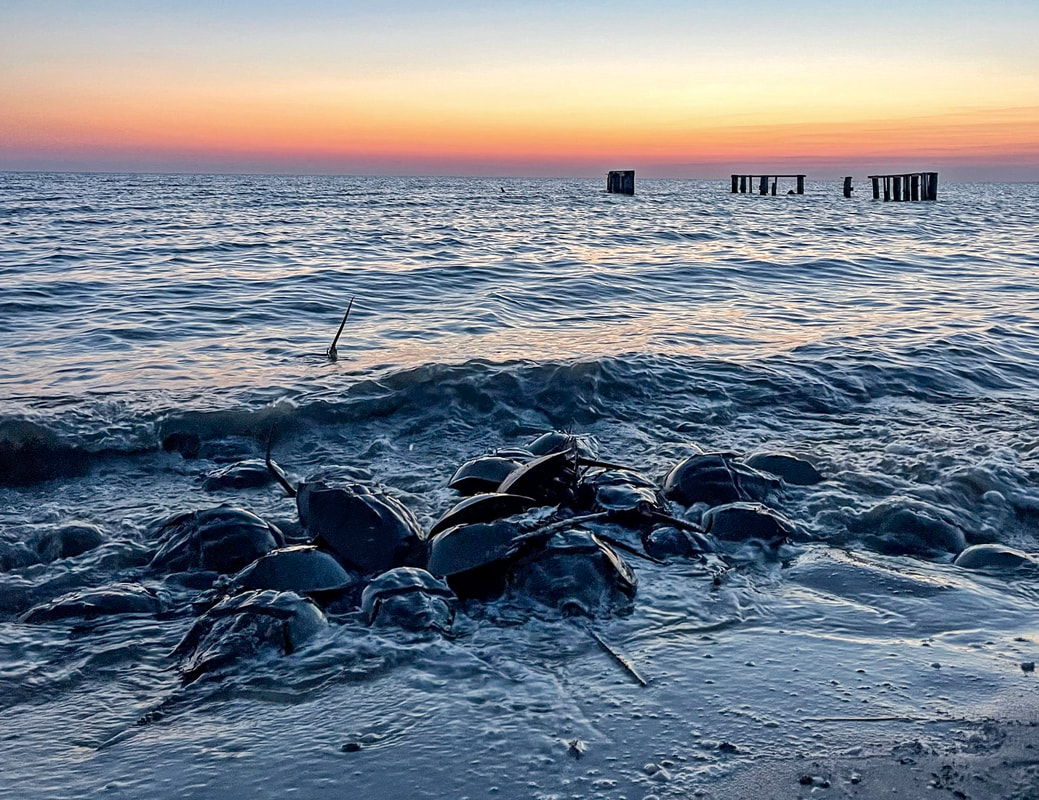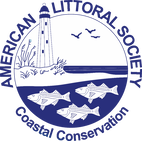|
The Littoral Society’s Delaware Bayshore Team hosted an exhibit table and guided a hike during this year’s Cumberland County Winter Eagle Festival, which was held at sites around Bridgeton, NJ on Saturday, February 4.
Despite sub-freezing temperatures, the community came out in droves to chat with local environmental groups, meet live birds of prey, and learn about the local ecology and birding opportunities through expert lectures, guided birding, and hiking. The Littoral team led a Winter Wildlife Walk at Maurice River Bluffs Preserve, winding through pine forests, up and down the hills of an old sand mine, and along the banks of the Maurice River. Black History Month is a time to celebrate the accomplishments of the Black community. It’s also an opportunity to learn about people whose contributions are often left out of the history books. With that, we’d like to “dive in” to the story of how Black Americans have shaped the coastal economy through one of the most lucrative commodities on the east coast: the oyster.
In the 1800s, many Black Americans traveled north from the Chesapeake bay, where it was illegal for Black people to own or operate their own fishing vessels without a white man on board. They had gained vast ecological knowledge on how to raise and harvest oysters because the bivalves were used by plantation owners as fertilizer and as a staple in the diets of enslaved people along the coast. During this time, oysters were not nearly as popular to eat as they were, according to historian Anna Marie Gillis, considered “only suitable for a poor man’s pot.” It wasn’t until 1825 that Thomas Downing, an abolitionist and the son of slaves, opened an oyster saloon in the Financial District of New York City. This helped to elevate the status of the oyster and created a massive demand for the slippery bivalve. More importantly, it helped to create a path to freedom through the oyster industry for those enslaved and oppressed along the coast. The history of oystering in New Jersey also intersects with another path to freedom through the Underground Railroad and the Vreeland Jackson brothers. Thomas and John Vreeland Jackson became oystermen on the Hudson in 1830 after gaining their freedom from the family that had held them in slavery. Their oyster business funded the purchase of land and a home through which they bravely helped numerous enslaved people escape to the north. While our “Shuck It, Don’t Chuck It!” (SIDCI) shell recycling program doesn’t go into hibernation over the winter, the shell-collecting work does slow way down.
However, with the arrival of Spring we anticipate not just a big uptick in shells collected, but also a host of SIDCI events and the opening of a new community shell drop-off. This summer, the SIDCI program should be recycling from a total of 12 restaurants, 2 of which will be totally managed by our wonderful volunteers. Volunteers will be crucial given the growing workload, so if you would like to lend a hand, please sign up on our website. Also, on our website you find more information about the SIDCI program, including our list of participating recycling partners, sponsors, and upcoming events. The American Littoral Society's New York State Beach Cleanup (NYSBC) program will gain a new face and focus in the coming year thanks to funding from the Long Island Sound Futures Fund (LISFF).
While the nearly 40-year-old NYSBC program will continue to coordinate beach cleanups all around New York state, it will aim to increase involvement at 30 sites along the shorelines in Queens, Westchester, Suffolk and Nassau Counties, including inland areas of the Long Island Sound watershed, in order to stem the flow of trash to the sound. To help facilitate the effort, the Littoral Society has brought onboard Jessica Klich as the NYSBC Program Coordinator. Jessica initially joined the Society in the summer of 2019 as a seasonal employee of the Northeast Chapter Youth Restoration Corps Program (R-Corps). With winter coming to a close, it's a good time for an update on the Littoral Society's current restoration work and upcoming opportunities for you to help.
We have projects underway on South Riverside Drive in Neptune, NJ; Slade Dale Sanctuary in Point Pleasant, NJ; Forked River Beach in Lacey Township, NJ; and the Mouth of the Maurice River near Bivalve, NJ. The Society’s restoration work was also recognized through New Jersey's 23rd Annual Governor’s Environmental Excellence Awards and as one of the initial recipients of a New Jersey Natural Climate Solutions. First, let’s look at our project on South Riverside Drive in the Shark River Hills section of Neptune Township, which has a stakeholders meeting scheduled for Wednesday, March 1 at 7 p.m. 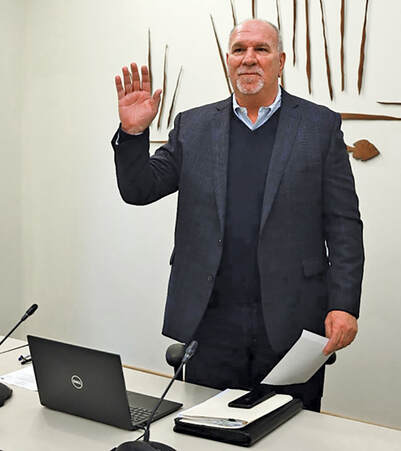 Late last year, NJ Governor Phil Murphy appointed two people to join the Pinelands Commission. One was Jessica Sanchez, who served as a Trustee of the Pinelands Preservation Alliance for many years, and the other was Mark Mauriello, who currently serves as vice president of the American Littoral Society's Board of Trustees. Mark was sworn in as a member of the Pinelands Commission’s 15-member board in January of this year. “I would like to thank Governor Murphy for this appointment and am honored to join the Pinelands Commission as a Commissioner,” he said at the swearing-in ceremony. “I look forward to working with my fellow Commissioners and the dedicated Commission staff to promote orderly development of the Pinelands, while protecting and preserving the unique resources of the Pinelands.”  Gail Lalla Gail Lalla The Littoral Society is honored to welcome Gail Lalla as our newest Board of Trustees member. Gail is an Associate and Business Development Manager for T&M Associates, a leading national consulting, environmental, engineering, technical services, and construction management company that has worked on greenway projects including the Passaic County Highlands Rail Trail (Wanaque, N.J., still in design phase); the Morris Canal Greenway (Jersey City, N.J., still in design phase) and the award-winning Schuylkill River West Trail (Upper Merion Township, Pa., completed in 2015). At T&M, Gail is responsible for business development, grants research and procurement, project management, and the cultivation of existing client relationships. She provides a multi-faceted background in renewable energy, environmental planning, and community resilience. Join the American Littoral Society for a walk on Sandy Hook to learn all about some of our winter visitors - both aquatic and avian - while visiting some of the spots they gather! The walks will take place on Thursday, February 16 and Saturday, February 18.
Meet at Littoral Society Headquarters in the Fort Hancock Section of Gateway National Recreation Area's Sandy Hook Unit (GPS: 18 Hartshorne Drive, Highlands, NJ). From there participants will be driving to a few different locations around Sandy Hook. While in the field we will discuss the different species we find, their habitats, where to find them, and identifying features. Maybe we will get lucky and spot a snowy owl! Dress for the weather (Hat, gloves, layers, etc.)! Cost is $10 for Littoral Society members, $20 for non-members. Photo by Marcus Johnstone - Creative Commons License Over the past decade, there has been growing awareness that the people who live, work, and play in America's most polluted environments are often people of color and with low income.
Moreover, there has been overwhelming evidence that this is neither coincidence nor accident: historic, systemic inequities have allowed these communities to be targeted for landfills, industrial plants, and truck depots. The people who are most impacted already know this, and the American Littoral Society is taking the time to learn from them and other stakeholders across the region. It has become apparent that the issue goes beyond how to mitigate the effects of superfund sites and dirty power stations on surrounding neighborhoods. It is the prevention of stormwater pollution, protection from floods and climate change, and access to local waterways and beaches. Also, much of our restoration work takes place on ancestral Lenni Lenape lands and many of the schools with which we partner are part of urbanized areas at the greatest risk from the threats of climate change. Last year, tens of thousands spoke out against a plan to increase the harvest of horseshoe crabs in the Delaware Bay. That public concern helped convince the Atlantic States Marine Fisheries Commission (ASMFC) to keep existing limits in place.
While the effort certainly warrants both praise and thanks, it only bought the crabs - and the shorebirds who depend on them - a year of continued protection. The ASMFC will revisit the harvest limit issue this coming fall and, unless things change, may approach it using the same flawed framework that led the commission to conclude the bay's female horseshoe crab populations no longer needed protection. All of which means that we may soon be asking people to again raise their voices with ours to protect both the crabs and the birds - such as the Rufa Red Knot - that rely on the crabs' eggs for survival. |
Archives
July 2024
Categories
All
|

